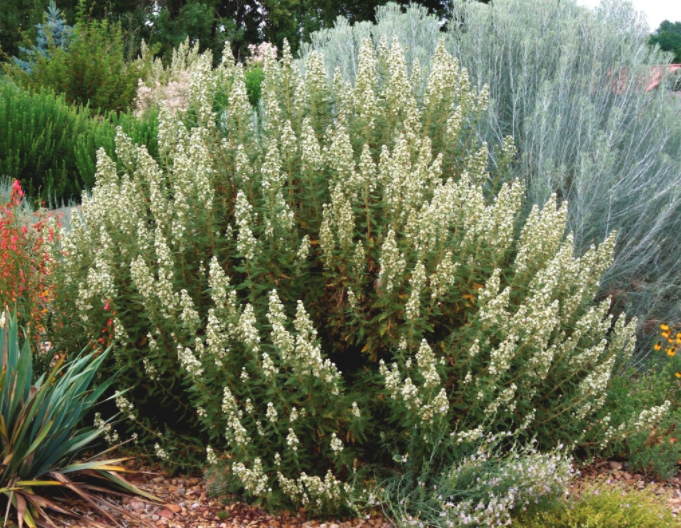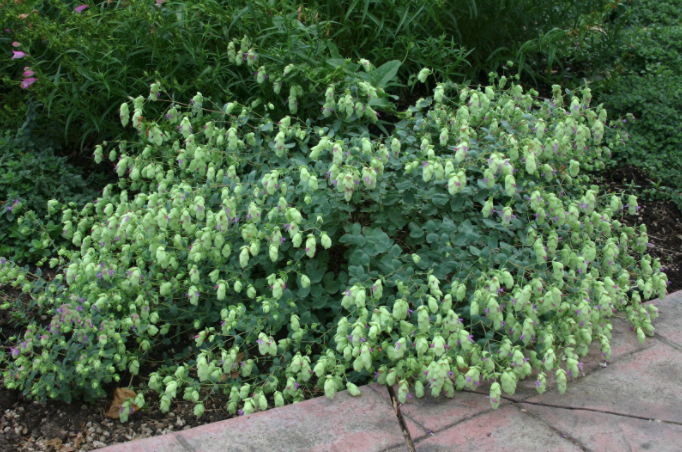Despite its dry heat and alkaline soil, Colorado flaunts colorful gardens with plants well-adapted to its natural conditions. Through years of observation, we have gained a repertoire of knowledge surrounding our local plant palette. That’s why we love what we do. We’ve spent years forming a relationship with the landscape and learning its intricacies as they reveal themselves. This month, we’re sharing a few of our favorite Colorado plants that thrive in the summer heat.
The Sun-Lovers
Heliopsis helianthoides - False Sunflower
This yellow beauty in the sunflower family shows radiant blooms from June to August. It grows 3-6 feet tall with a spread of 2-4 feet and attract butterflies to the garden.













